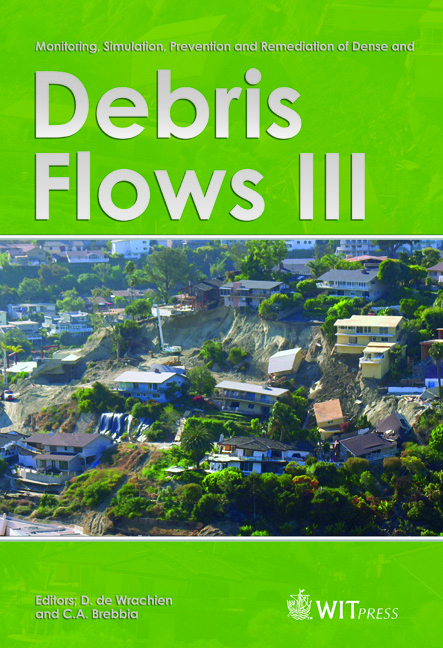Experience With Treatment Of Road Structure Landslides By Innovative Methods Of Deep Drainage
Price
Free (open access)
Transaction
Volume
67
Pages
12
Page Range
113 - 124
Published
2010
Size
3411 kb
Paper DOI
10.2495/DEB100101
Copyright
WIT Press
Author(s)
O. Mrvík & S. Bomont
Abstract
During construction of infrastructure projects, emergency situations due to the presence of groundwater and slope instability occur very often. In addition, damage to existing roads or railways caused by groundwater or slope deformations do not represent any extraordinary situation. In such cases, the water should be taken from the ground in order to improve the properties of the soils and rocks. According to the consumption of energy, the methods of dewatering can be divided into gravity dewatering and dewatering with electricity. Traditionally used drainage techniques are proven methods. However, in certain geotechnical conditions, two innovative drainage systems, Siphon Drains and Electropneumatic Drains, can prove to have many advantages. In this paper, several applications of the innovative deep drainage systems are described. The paper introduces selected sites where groundwater lowering played a key role in the successful solution of slope stabilization and road remediation. The sites are located in France. Keywords: road structures, landslide, groundwater, deep drainage, Siphon Drains, Electropneumatic Drains. 1 Introduction Road structures, as roads, highways or railways, are very often endangered or even seriously damaged by different kinds of deformations of natural slopes or artificial excavations. The main trigger for such deformations lies in high groundwater levels within the affected area or just the subsoil of the road
Keywords
road structures, landslide, groundwater, deep drainage, SiphonDrains, Electropneumatic Drains





